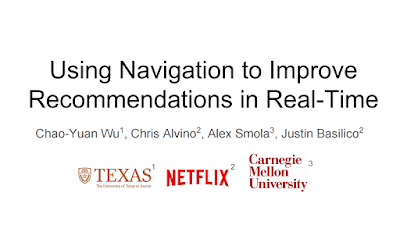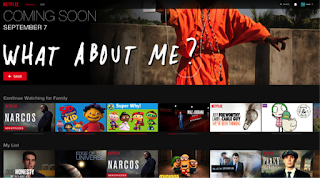A key aspect of Netflix is providing our members with a personalized experience so they can easily find great stories to enjoy. A collection of recommender systems drive the main aspects of this personalized experience and we continuously work on researching and testing new ways to make them better. As such, we were delighted to sponsor and participate in this year’s ACM Conference on Recommender Systems in Boston, which marked the 10th anniversary of the conference. For those who couldn’t attend or want more information, here is a recap of our talks and papers at the conference.
Justin and Yves gave a talk titled “Recommending for the World” on how we prepared our algorithms to work world-wide ahead of our global launch earlier this year. You can also read more about it in our previous blog posts.
Justin also teamed up with Xavier Amatriain, formerly at Netflix and now at Quora, in the special Past, Present, and Future track to offer an industry perspective on what the future of recommender systems in industry may be.
Chao-Yuan Wu presented a paper he authored last year while at Netflix, on how to use navigation information to adapt recommendations within a session as you learn more about user intent.
Yves also shared some pitfalls of distributed learning at the Large Scale Recommender Systems workshop.
Hossein Taghavi gave a presentation at the RecSysTV workshop on trying to balance discovery and continuation in recommendations, which is also the subject of a recent blog post.
Dawen Liang presented some research he conducted prior to joining Netflix on combining matrix factorization and item embedding.
If you are interested in pushing the frontier forward in the recommender systems space, take a look at some of our relevant open positions!






